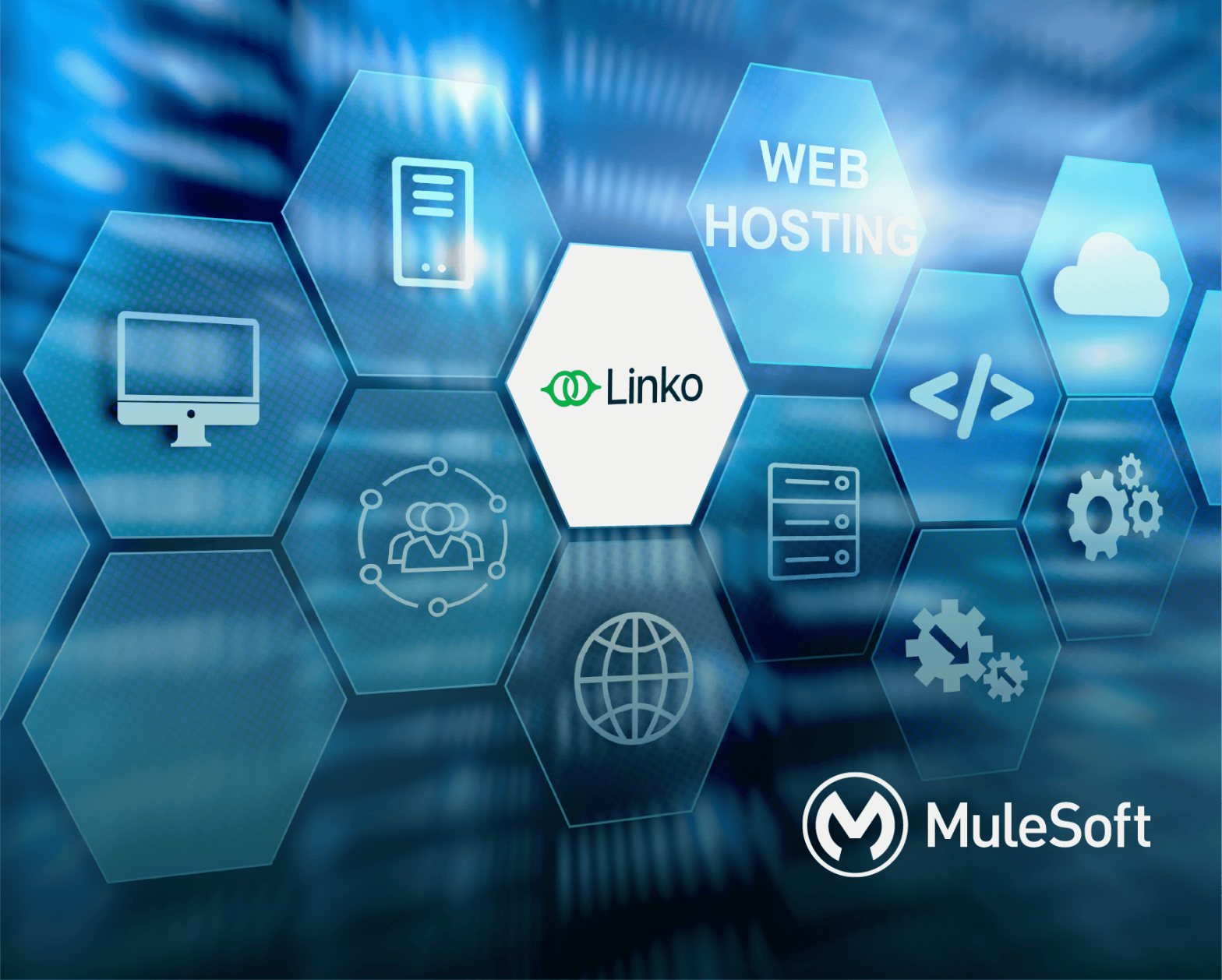What you can’t see can cost you dearly
Observability in complex digital environments is no longer optional—it is the invisible insurance that protects modern businesses. Digital transformation has delivered scalability and flexibility, but it has also introduced a new challenge: the growing complexity of technology architectures. According to Gartner, 50% of companies using distributed data architectures will have adopted data observability tools by 2026, compared to just 20% in 2024.
Every minute of downtime is expensive. In industries like retail, banking, or telecommunications, even a few minutes of service disruption can mean millions in losses, regulatory penalties, and an immediate erosion of customer trust. Digital complexity has delivered undeniable benefits—scalability, speed, flexibility—but also a silent problem: the lack of holistic visibility into what is really happening across the technology ecosystem.
Observability as the New Standard
Observability in complex digital environments goes beyond traditional monitoring. While monitoring means receiving alerts when something fails, observability helps you understand why, by correlating logs, metrics, and traces in real time. This deeper level of analysis enables not only faster incident response, but also proactive prevention and smarter resource optimization.
In digital environments where one service may depend on hundreds of microservices, or where critical applications run across different clouds, having a single dashboard that shows the overall “health” of the ecosystem can mean the difference between operating with confidence and navigating blind.
The question is no longer whether your company needs observability, but how much risk you are willing to take by not having it.
“Observability is no longer a tech luxury; it’s the minimum condition to sustain operations in a hyperconnected world. Without it, companies are making decisions in the dark.”
— Ignacio Barraza, Director of Business Transformation, Linko
Practical Recommendations for Enterprises
- Define a clear KPI framework: Data alone is not enough. Observability metrics must be directly tied to strategic goals such as system availability, customer experience, and cost efficiency.
- Unify visibility across hybrid and multicloud environments: Fragmentation between public clouds, private clouds, and on-premises systems creates blind spots. Consolidating data into centralized platforms is key.
- Integrate AI and advanced analytics: Machine learning tools can detect anomalies and predict failures before they impact business. Moving from reactive to predictive is a competitive leap.
- Foster cross-team collaboration: Observability shouldn’t stay within the IT team. Operations, business, and security all need a shared view to turn data into collective decision-making.
- Choose scalable and open solutions: Opt for platforms that allow flexible integration with existing systems and evolve alongside business growth.
From Monitoring to Digital Resilience
In a world where business continuity depends on infrastructures that remain invisible to customers, observability is more than just a technology support—it’s an insurance policy for resilience. Companies that adopt it strategically not only reduce the risks and costs of disruption, but also transform visibility into resilience, and resilience into a sustainable competitive advantage.
At Linko, we help organizations take this path.













